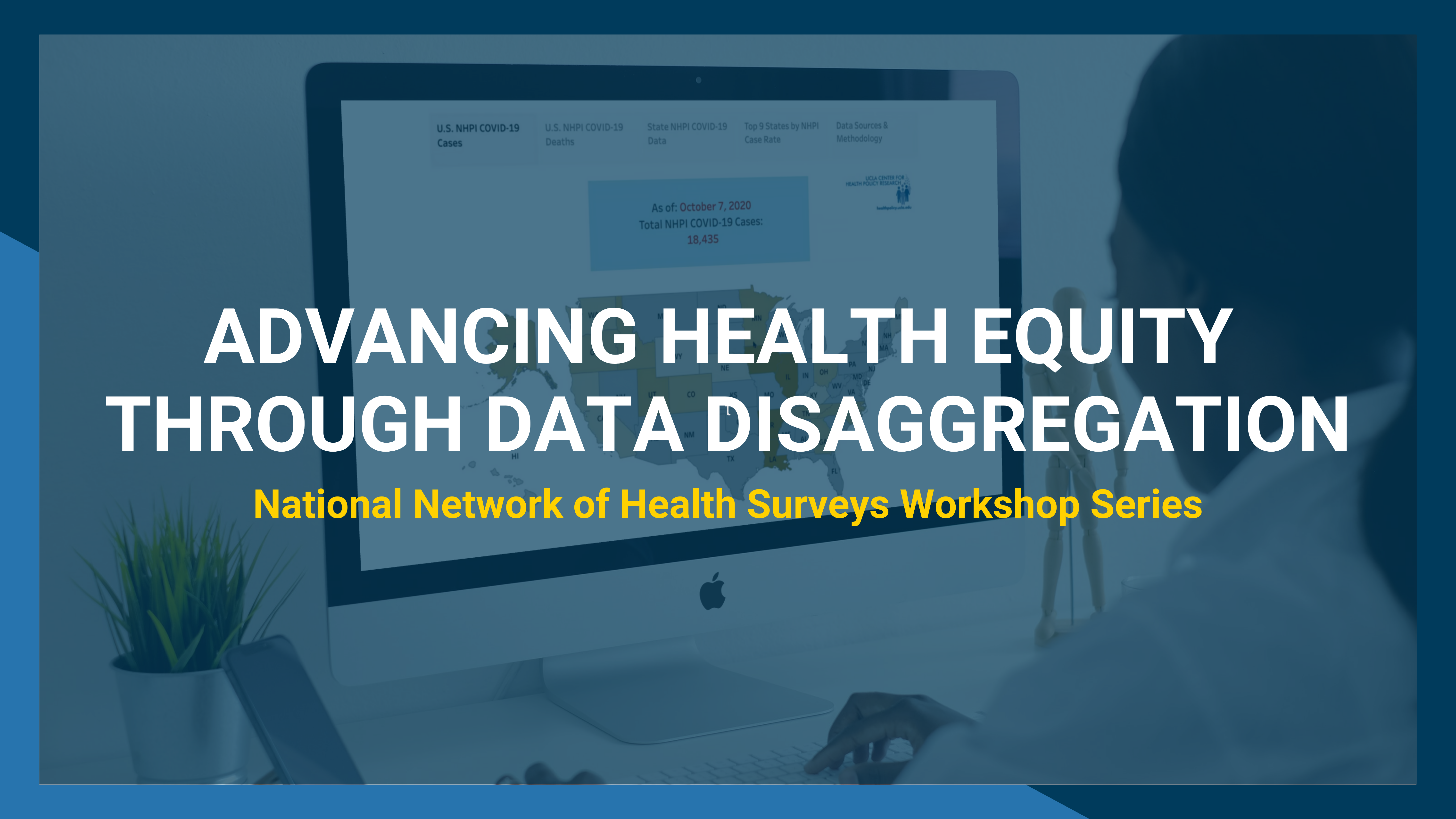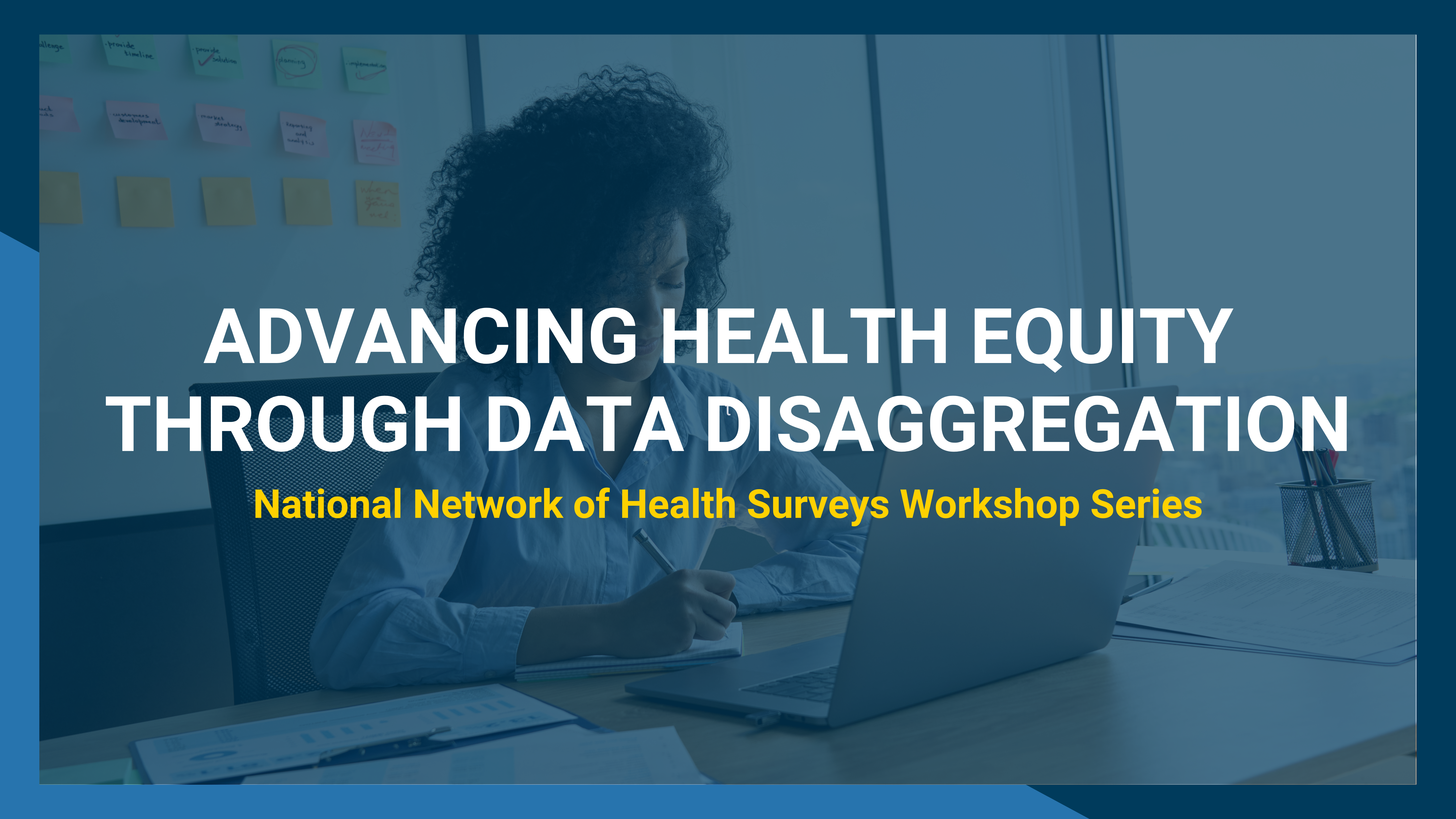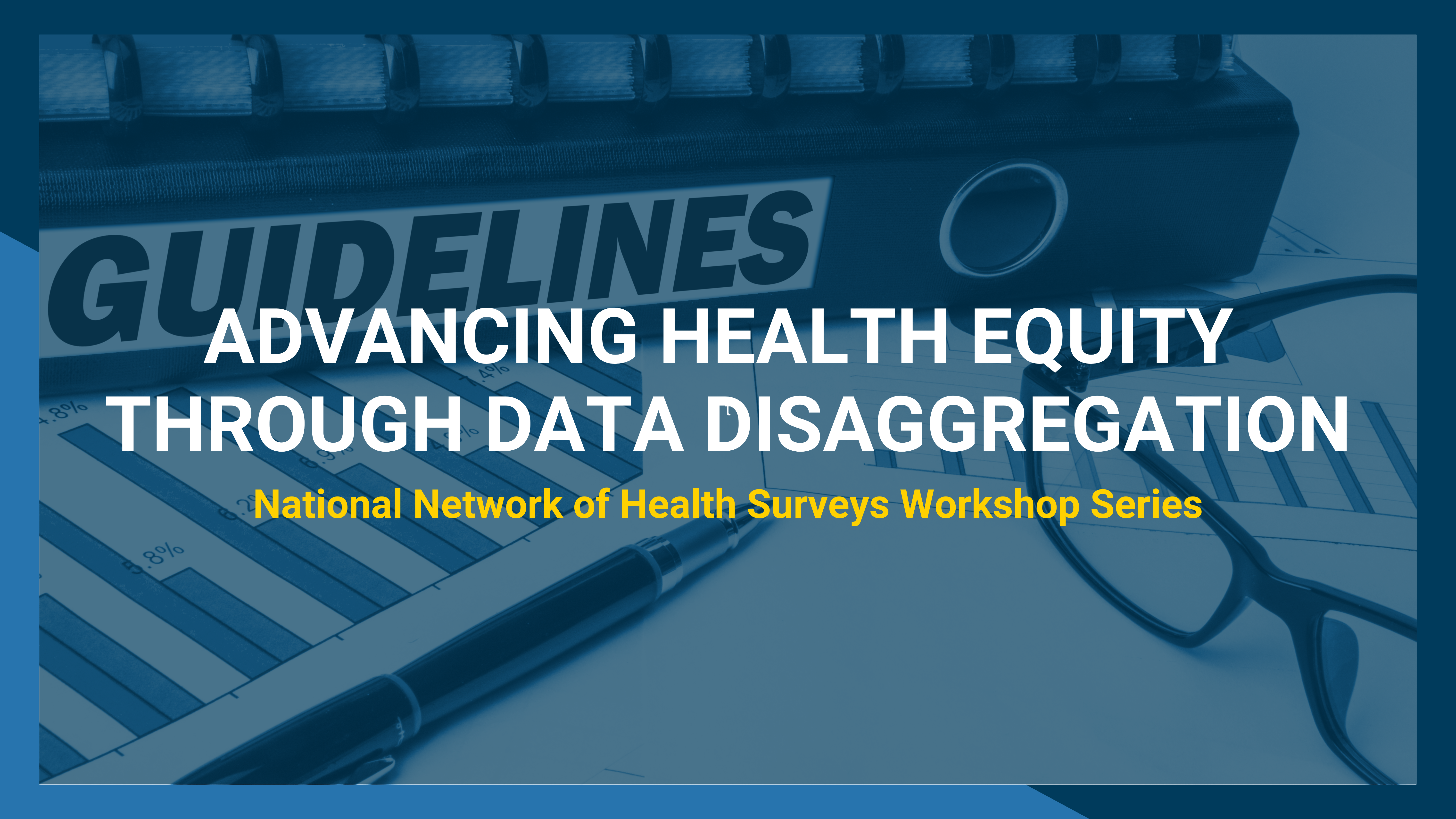Collection and Reporting of Data on the Multiracial Population
PUBLISHED ON: FEBRUARY 26, 2021
As more surveys and other health data sources want to allow respondents to identify with the multiple races that reflect their identity, data managers are working on the strategies for developing the best question wording, tabulation methods, and dissemination strategies to most accurately reflect the population. Presenters discuss trends in capturing multiracial identity and the implications for researchers; trends in federal health surveys, such as the National Health Interview Survey and how data is processed; and how researchers can access racial/ethnic data in public use files as well as a federal Research Data Center (RDC) locations.
Presenters:
Jacqueline Lucas, Health Statistician/Epidemiologist, National Center for Health Statistics (NCHS)
Neil Ruiz, Associate Director of Global Migration and Demography, Pew Research Center
About the National Network of Health Surveys' Advancing Health Equity Through Data Disaggregation Workshop Series
Disaggregated race/ethnicity data is needed to expose gaps in health equities and inform policies and programs and close those gaps. The National Network of Health Surveys, part of the UCLA Center for Health Policy Research, offers a series of workshops designed to improve the disaggregation of race and ethnicity measures in health data sources. Our goal is to boost the number of subpopulation categories made available to key constituencies working to improve health equity. This is especially important for representing communities that are often “hidden” in large health data sets.
Topics and Timestamps
Multiracial Americans – Neil G Ruiz, PhD (5:30)
This presentation gives a snapshot of how America has changed, and what a new multiracial America looks like. Includes heavy use of data visualizations and discussion about immigration rates and life as a multiracial, American adult.
How America Has Changed (5:55)
- New Immigrant Arrivals in the U.S. (6:59)
- Visualization of post-1965 migration from Latin America and Asia (6:26)
- There are currently more new immigrants from Asia than Latin America and the Caribbean.
- Visualization of post-1965 migration from Latin America and Asia (6:26)
- The Asian population the fasting growing racial/ethnic group in the United States (9:14)
- Visualizations of rising Black immigrant population (8:05)
Multiracial America (9:56)
- Steady rise in intermarriage in the U.S. since 1980
- Percentage of children under the age of one who are multiracial has also been rising (10:40)
- Visualization of most identified multiracial adults (11:58)
- White and American Indians are the largest multiracial group
- However, racial identity can be fluid, and multiracial Americans can change their racial identity over time.
- Multiracial adults who were perceived as white were less likely to have experienced discrimination (14:40)
- Few multiracial adults say their racial background has been a disadvantage (15:52)
Collection and Reporting of Race and Hispanic Origin Data from the National Health Interview Survey (NHIS) – Jacqueline Wilson Lucas, MPH (18:46)
What is the NHIS? (20:11)
- 2019 redesigned NHIS (21:01)
- Key roles of the NHIS (24:31)
- Provides objective, scientific data for Department of Health and Human Services on topics such as public health concerns, health conditions, health behaviors, insurance, and care utilization.
Collecting race, Hispanic origin, and related data in the NHIS (25:20)
- Visualization of key milestones in NHIS data collection (27:23)
- Examples of Hispanic origin questions in 2019 NHIS (29:14)
- Recent changes to this question include the separation of Central American and South American options into independent categories (31:15)
- Examples of general race questions in the 2019 NHIS (30:13)
Handling missing race and Hispanic origin data in the NHIS (32:07)
- Recent updates include the acceptance of refusal, DK and NA responses, and no imputation of missing data
Tabulating and analyzing of NHIS data in research (33:05)
- How NHIS data is used in research (33:37)
- Discussion of both aggregated and disaggregated data
Strengths of NHIS race and Hispanic origin data (36:52)
- Yearly data that can be linked to national datasets, and used to examine health disparities
Limitations of NHIS Hispanic origin and race data (37:25)
- Limited sample sizes, some data is not publicly available, reliable estimates for small population groups are difficult in a single year of data
Challenges in collecting/analyzing data on race and Hispanic origin in the NHIS (38:05)
- Difficult to make disaggregated data publicly available, complex understandings of race/ethnicity, rapidly changing data needs and priorities
Addressing challenges (41:21)
- Data collection – oversampling, special surveys when possible
- Data analysis – combining years to increase sample size, utilize specific techniques for small group analysis
Where to find NHIS Data (42:47)
- CDC website: Questionnaires, Datasets, and Related Documentation
- Informs on how to access NHIS public use data
- 2019 restricted use codebook example (45:24)
- Additional federal race and Hispanic origin resources (45:53)













